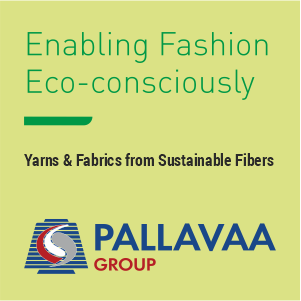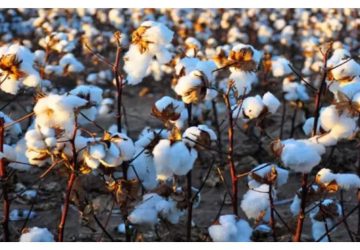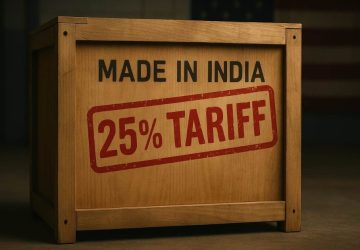Mass market retailer Target has joined over 170 brands and apparel industry stakeholders by committing to the CanopyStyle initiative in a bid to ensure the use of ancient and endangered forest fibre is not found in its own viscose textile supply chain. Target says it will “pursue, with a goal of achieving by (end of) 2020, viscose apparel garment supply chains that are free of ancient and endangered forests, endangered species and controversial sources.” The announcement comes on the ‘International Day of Forests,’ where CanopyStyle has also chosen to launch its new #Irreplaceable campaign to throw a spotlight on the importance of the preservation of these forests with respect to biodiversity and local communities that rely on them for their livelihoods.
The #Irreplaceable campaign is being supported by over a dozen partner brands including Esprit, Gap, H&M, ASOS, Zalando and C&A China and comes at a time when some brands are turning towards tree-sourced cellulose and away from traditional synthetic fibres due to the microplastic problem. But as CanopyStyle points out, if there is a big shift towards this type of sourcing: “Where will all these trees come from?”
Target has joined the CanopyStyle initiative which is now gaining some serious industry traction with its partners, “Now representing a total of $250 bn in annual revenue,” the Canadian-based not-for-profit organisation told. As a new signatory, Target says it will now work closely with its vendors, suppliers and other partners to understand the origin of viscose and other raw materials it uses and to “improve the sustainability of forests where the timber in those products was grown.” The company says that by using cellulosic materials that have been responsibly sourced, feedstock for future viscose production will be improved, but also adds that ‘next generation’ solutions, “such as fabrics that use recycled textiles and alternative (non-wood) fibres, should be increased to reduce the pressure on forests.”
The US-based retailer aims to outlaw the use of pulp for viscose from endangered and ancient forests from its supply chain by 2020. Canopy notes that viscose production is slated to have doubled between 2013 and 2020 and pulp production for packaging is slated to increase by more than 100 per cent by 2030, from 2.3 bn trees per year to 5 bn trees.
“This means more logging in forests globally,” said the NGO, in reference to its newly launched #Irreplaceable campaign, and says it remains concerned that as part of a response to the marine plastic microfibre problem, “natural fibres, such as wood and wood pulp, are presented as the panacea … however, this thinking is also leading to an increase in the use of wood products because they are viewed as ‘green’.”
Canopy notes that marketing of all forest derived products as being equally ‘renewable’ and ‘sustainable’ – regardless of whether it originates from carbon and species rich ancient and endangered forests, or sustainably managed second growth forests, “is steadily on the rise and confusing consumers.
While tree fibre is indeed a ‘natural’ fibre, it isn’t automatically sustainable. “With thirty per cent of the climate solution held by forests, conserving ancient and endangered forests is an imperative,” it says.






















